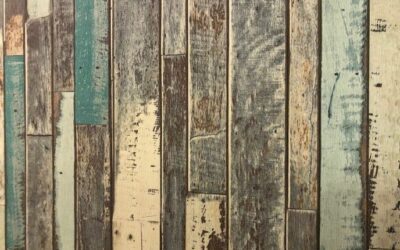Proper preparation saves time, avoids splashes and allows paint to adhere better. Follow this plan – tested by Bartolomé Bas’s team of house painters – and you will achieve an impeccable finish without turning your home into a war zone.
Contact our professionals
Clear and organise the room
-
Remove pictures, curtains and light shelves two days before.
-
Place bulky furniture in the centre of the room; cover it with thick plastic, not with old dusty sheets.
-
Vacuum skirting boards and corners: loose dirt prevents the primer from setting properly.
Protecting floors and sockets
Spread corrugated cardboard or protective blanket from wall to wall. Kraft paper tends to tear with moisture from the paint. Cover sockets, switches and frames with blue masking tape – remove without residue for up to 14 days.
If you are also painting ceilings or areas in poor condition, consider our interior painting service: we will move and protect all the furniture for you.
Immediate cleaning area
Designate a corner with a bucket of warm water, microfibre cloths and several rubbish bags. Any drips are wiped up instantly and leave no marks. Keep the room ventilated: this will speed up the drying of the first coat and reduce odours.
Pro tips to avoid touch-ups
-
Drape the doors while painting: the overpressure from the roller will not splash on the frames.
-
Use a grazing light (a lamp attached to the wall) to detect dust specks or poorly sanded areas before you start.
-
Create perfect corners by placing two strips of tape in an ‘L’ shape and removing them diagonally while the paint is still fresh.
What to do with pets and children
Move dog or cat beds and food bowls into the finished room. Place children’s barriers in corridors so that the little ones do not touch the damp wall. The Spanish Association of Paediatrics recommends keeping chemicals out of reach and thoroughly ventilate any newly painted room (see their advice at aeped.es).
Signs that the room is ready for painting
-
No dust is left behind when you run your hand along skirting boards and frames.
-
Furniture grouped together and protected with heavy plastic.
-
Floor covered up to the edge of doors.
-
Sockets and light fittings covered with quality tape.
-
Windows open or mechanical ventilation activated.
When your home meets these points, the professionals at Bartolomé Bas Pinturas can concentrate on what really matters: applying the primer, the first coat and the decorative finish with total cleanliness and efficiency.
Other publications that may interest you
Why you should hire a professional for wallpaper installation
Putting up wallpaper may seem simple to some people, but when it comes to getting started, things are not that simple. And for others it may seem tedious, complicated and a nightmare. However, for a professional, putting up wallpaper correctly is something they deal...
The best wall colours to add a summery touch to your home
The best wall colours to give a summer touch to your home What we love most about summer is the weather it leaves us with, a warm climate that lets us enjoy the great outdoors to the fullest, but that doesn't mean we are never at home in the summer months. That's why,...
Anti-mould and bleaching treatments in Jávea
Jávea is a wonderful town but being located at sea level there are many buildings with damp problems, even quality villas that over time also suffer from mould and damp. Is it possible to completely disinfect the walls from mould? Absolutely yes. Especially in indoor...




